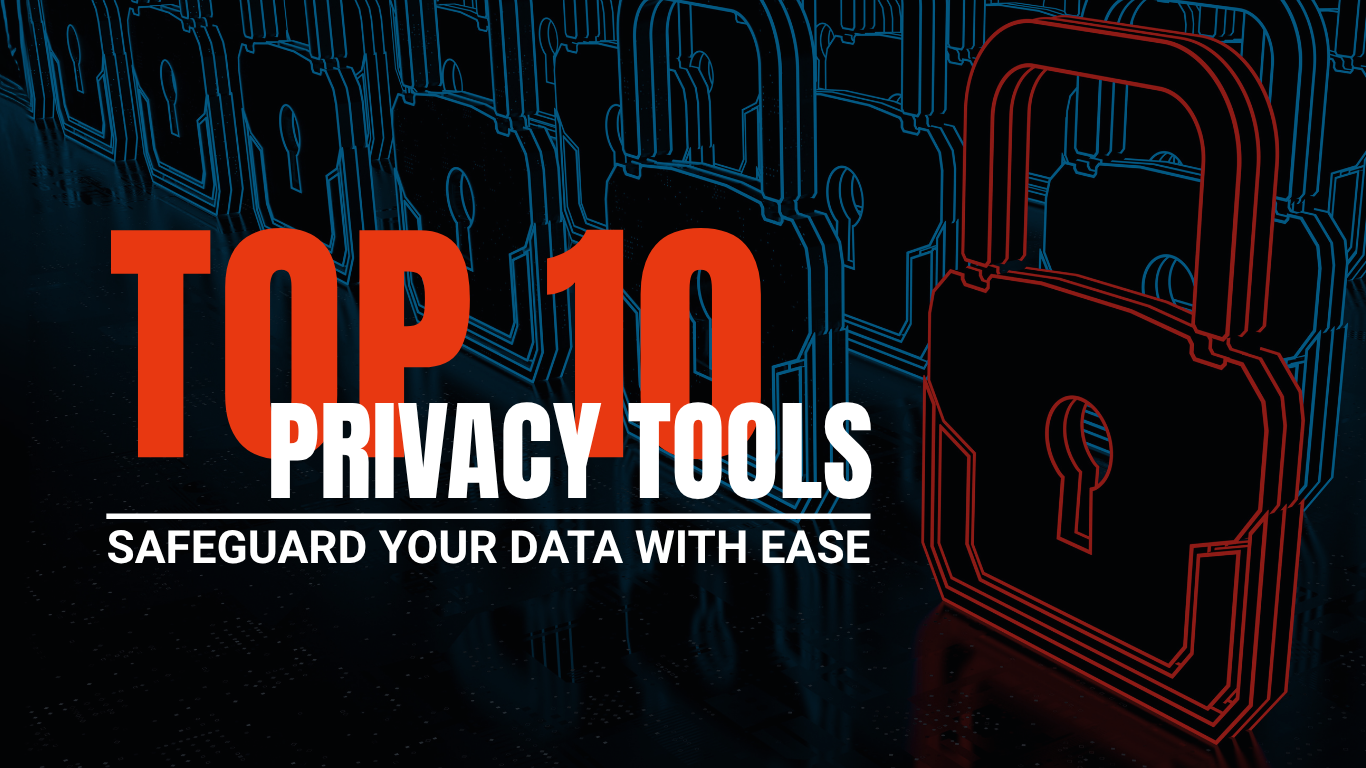MDR vs EDR: Understanding the Key Differences
Cybersecurity has become crucial for enterprises of all sizes in the continually changing threat landscape of today. Managed Detection and Response (MDR) and Endpoint Detection and Response (EDR) are two well-liked solutions that have attracted a lot of interest. Both MDR and EDR are essential in thwarting cyber attacks, although they accomplish different goals. This essay will go deeply into the worlds of MDR and EDR, highlighting their primary distinctions and guiding you in selecting the best cybersecurity solution for the unique requirements of your firm.
What Is MDR?
Managed Detection and Response, also known as MDR, is a complete cybersecurity service created to give businesses the ability to continuously monitor their environments, identify potential threats, and take swift action. MDR services offer a comprehensive strategy for cyber defense by incorporating network and endpoint security. MDR’s main objective is to quickly identify risks and take action in order to lessen the potential damage of cyberattacks.
MDR services frequently consist of:
- 24/7 Monitoring: MDR teams continuously monitor your network and endpoints to ensure that threats are quickly recognized.
- Advanced Threat Detection: AI and machine learning algorithms are utilized in advanced threat detection approaches to find suspicious activity and potential threats.
- Rapid Incident Response: Rapid incident response is provided by MDR professionals, who will also walk your company through the procedures necessary to properly control and mitigate threats.
What Is EDR?
The cybersecurity solution known as Endpoint Detection and Response, or EDR, is largely concerned with endpoint security. Mobile phones, servers, and computers are examples of endpoints. EDR technologies are made to watch over and protect these endpoints, giving users visibility into their operations and spotting odd or suspicious behavior that could be a symptom of a cyber threat.
Important characteristics of EDR solutions include:
- Endpoint Visibility: EDR offers fine-grained visibility into each endpoint’s actions, making it simpler to identify threats at the device level.
- Rapid Threat Detection: EDR systems are excellent at quickly spotting possible attacks on endpoints, assisting companies in taking quick action.
- Endpoint Isolation: Whenever a threat is identified, EDR can isolate the affected endpoints to stop it from spreading.
Major MDR vs. EDR Differences
While both MDR and EDR support an organization’s cybersecurity posture, they are fundamentally different in the following ways:
- Scope: MDR offers a more thorough defensive strategy by addressing both network and endpoint security. EDR, on the other hand, is entirely endpoint-centric.
- Automation vs. Human Experience: MDR frequently mixes human experience and automated threat detection for quick incident response. EDR largely relies on automation to identify and contain threats.
- Visibility: MDR offers more visibility throughout the network and endpoints of a company. Deep visibility into endpoint actions is provided by EDR.
MDR’s Advantages
MDR provides a number of advantages for businesses wishing to strengthen their cybersecurity defenses:
- Comprehensive Threat Coverage: With MDR, you get a network and endpoint security-focused comprehensive approach to cybersecurity.
- Round-the-Clock Monitoring: MDR personnel are on guard round-the-clock to make sure threats are found and dealt with right away.
- Expert Advice: MDR experts offer advice during security issues, assisting your business in making an appropriate response.
EDR’s Advantages
EDR is especially beneficial for businesses looking to improve endpoint security:
- Granular Visibility: EDR offers detailed insight into endpoint actions, facilitating the quicker identification and retaliation of attacks at the device level.
- Rapid Threat Detection: EDR tools are excellent at immediately identifying possible attacks on specific endpoints and reducing their impact.
- Endpoint Isolation: If a threat arises, EDR can lock down impacted endpoints to stop further harm.
Deciding Between MDR and EDR
The demands and conditions of your business must be taken into consideration while deciding between MDR and EDR. Here are some things to think about:
- Organizational Size: Larger enterprises may profit from the more comprehensive coverage provided by MDR, whilst smaller businesses may find that EDR is adequate.
- Existing Infrastructure: Take into account the compatibility of each solution with your existing cybersecurity infrastructure.
- Budget: Determine which solution fits your budget best by comparing the costs of the two options.
- Risk Tolerance: Evaluate the risk tolerance of your organization and the importance of your endpoints in the context of your entire security strategy.
- Compliance Requirements: Specific cybersecurity precautions may be required by certain regulations and sectors. Make sure the solution you choose complies with compliance standards.
Conclusion
The specific cybersecurity needs of your company will determine whether you choose MDR or EDR. While EDR excels at protecting specific endpoints, MDR delivers complete network and endpoint security. You can decide how to properly protect your digital assets by carefully assessing your organization’s size, existing infrastructure, budget, risk tolerance, and compliance requirements.
Contact us if you’re unsure which cybersecurity solution is best for your company. Our cybersecurity specialists can offer assistance in selecting the option that best fits your demands and financial situation.
{{cta(‘afdfa0c6-27a5-48ed-b59b-96da05249646’)}}





